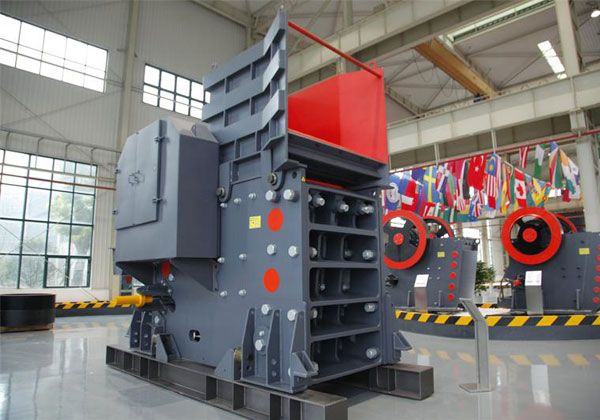Understand the basics of jaw crusher
A jaw crusher is a powerful and versatile machine used in the mining, construction, and aggregate industries for primary crushing of materials such as rocks, ores, and gravel. Its primary function is to reduce large materials into smaller, more manageable pieces, making them easier to handle in subsequent stages of processing. Understanding the basics of a jaw crusher is crucial for anyone involved in these industries, as it plays a key role in the efficiency and success of material processing operations.
How a Jaw Crusher Works
At its core, a jaw crusher consists of two main components: a stationary jaw and a movable jaw. The stationary jaw is fixed to the frame of the crusher, while the movable jaw is attached to a movable shaft. When the crusher is in operation, the movable jaw swings toward and away from the stationary jaw. This motion forms a crushing chamber where the material is squeezed between the two jaws. The size of the crushed material is determined by the gap between the jaws, which can be adjusted to achieve the desired particle size.

The motion of the jaw is powered by a motor that drives a pulley system, which in turn drives the movable jaw. As the jaw moves in a back-and-forth motion, it crushes the material against the stationary jaw, breaking it down into smaller pieces. The material is then discharged from the crusher through a discharge port.
Key Components of Jaw Crushers
-
Fixed Jaw Plate: This part is attached to the frame of the machine. It remains stationary while the movable jaw moves in a back-and-forth motion to crush the material.
-
Movable Jaw Plate: This plate moves back and forth and is responsible for applying the crushing force to break down the material.
-
Toggle Plate: This component transmits the crushing force from the movable jaw to the frame. It also ensures proper operation by allowing the movable jaw to return to its original position after each stroke.
-
Eccentric Shaft: The shaft is the main part of the jaw crusher that moves the movable jaw. It is powered by a motor and connected to the flywheel.
-
Flywheel: The flywheel helps store energy during the operation of the jaw crusher, ensuring smooth and steady movement of the movable jaw.
Advantages of Jaw Crushers
-
High Crushing Ratio: Jaw crushers can crush large volumes of material quickly and efficiently, reducing the need for multiple stages of processing.
-
Durability: Made from high-quality materials like steel and cast iron, jaw crushers are built to withstand the demands of tough materials and heavy-duty operations.
-
Ease of Maintenance: With fewer moving parts and simple design, jaw crushers are relatively easy to maintain, ensuring minimal downtime and reduced operational costs.
-
Versatility: Jaw crushers can handle a variety of materials, including hard and abrasive rocks, making them suitable for different industries and applications.
A jaw crusher is a powerful and reliable machine that plays a critical role in crushing materials for mining, construction, and recycling applications. Its design is simple yet effective, offering versatility and durability. Whether you’re processing hard ores or handling construction debris, a jaw crusher provides an efficient solution for size reduction.
